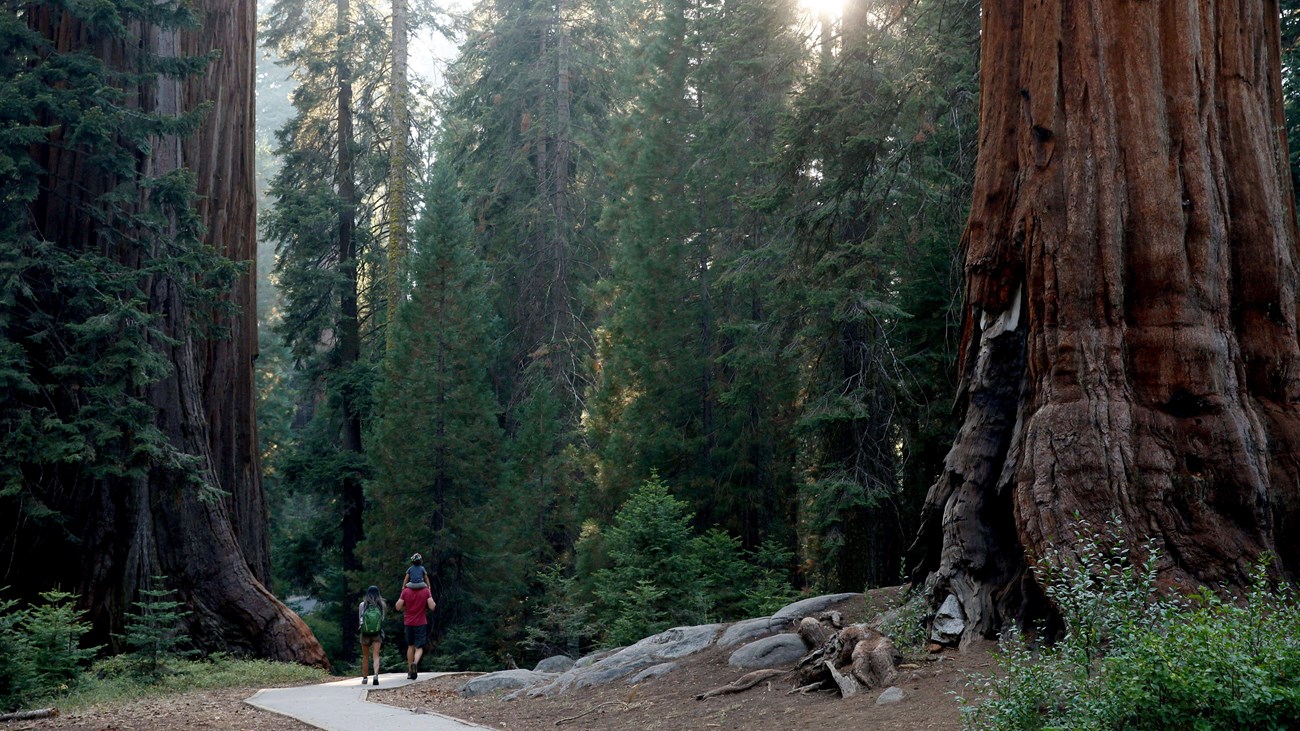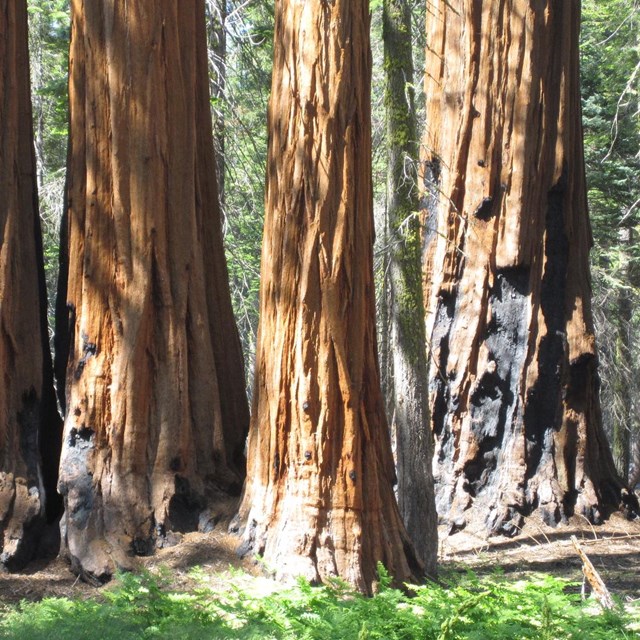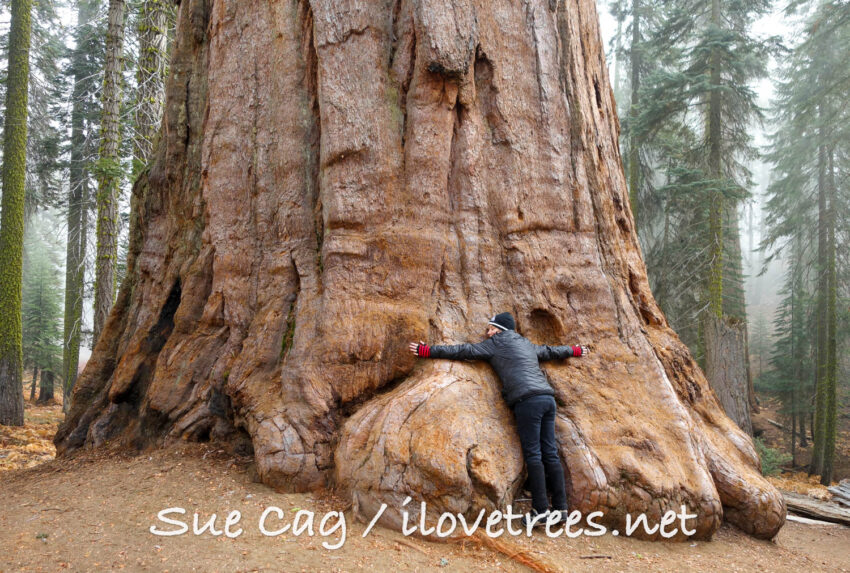Sequoia National Park Activities-- What to Do and See During Your Stay
Sequoia National Park Activities-- What to Do and See During Your Stay
Blog Article
Check Out the Diverse Wild Animals Habitats Within Sequoia National Forest
Sequoia National Forest is an ecological treasure, showcasing an excellent variety of wild animals environments that add to its abundant biodiversity. From the magnificent huge sequoia woodlands to the varied alpine meadows, each atmosphere plays an essential duty in supporting different types, consisting of both typical and unusual fauna. The interplay of these environments not just promotes an one-of-a-kind ecological community yet additionally highlights the significance of conservation initiatives in keeping this equilibrium. As we analyze the particular attributes of these habitats, interesting concerns occur about the interconnectedness of life within this remarkable landscape.
Overview of Sequoia National Park
Sequoia National Park, nestled in the southern Sierra Nevada hill range of The golden state, is renowned for its breathtaking landscapes and looming large sequoias. Established in 1890, it is among the oldest national forests in the USA, devoted to preserving the all-natural appeal and ecological honesty of this special region. The park incorporates over 404,000 acres of varied terrain, including marvelous mountains, deep canyons, and rich fields.

Visitors can discover various hiking routes, varying from leisurely walks to tough backcountry paths, each providing a distinct perspective of the park's majesty. With its combination of natural marvels and entertainment chances, Sequoia National Park functions as a crucial haven for both wildlife and those seeking to get in touch with nature.

Significant Wild Animals Environments
The varied landscapes of Sequoia National forest develop a mosaic of wild animals habitats that sustain an abundant variety of species. These habitats range from rich meadows and dense forests to rocky alpine areas and large river valleys, each supplying special environmental niches.
One prominent environment is the gigantic sequoia forest, characterized by looming trees and a rich understory, which supports numerous creatures, birds, and pests. The blended conifer forests, made up of types such as sugar yearn and white fir, offer added shelter and food sources for wild animals.
Meadows and meadows play a critical duty in the park's environments, acting as vital foraging premises for herbivores like deer and small mammals. These open locations likewise attract varied bird varieties, especially during movement periods.
The park's higher elevations feature towering environments, where conditions are severe and types are adapted to survive in such extremes (Sequoia National Park hour). Here, one can find unique vegetation and animals that flourish in rough, chilly environments
Flora and Animal Diversity
Within the diverse communities of Sequoia National Park, an exceptional array of flora and animals coexists, showcasing the complex relationships that sustain the park's biodiversity. The park is home to over 1,300 plant varieties, consisting of the famous gigantic sequoias, which are among the biggest and oldest trees in the world. These majestic trees supply vital habitat and food sources for different wildlife, promoting a complex web of environmental interactions.
Pet varieties in Sequoia National forest are just as diverse, with environments varying from lowland foothills to high alpine settings. Creatures such as black bears, mule deer, and bobcats prosper in this rich environment, while avian types, consisting of the marvelous gold eagle and the elusive seen owl, grace the skies. Amphibians and reptiles, like the Sierra newt and the western rattlesnake, also play vital duties in maintaining environmental balance.
The park's special mix of elevation gradients and microclimates supports these different varieties, highlighting the significance of protecting the all-natural environments that permit such an abundant tapestry of life to flourish. Understanding this diversity is vital for valuing the environmental relevance of Sequoia this website National forest.
Conservation Efforts in the Park
Conservation efforts in Sequoia National Park play an important function in guarding its one-of-a-kind ecosystems and the diverse species that occupy them. The park utilizes a diverse technique, including environment restoration, types checking, and intrusive varieties monitoring. These campaigns are vital for maintaining the delicate balance of the park's communities, which consist of large sequoias, meadows, and alpine atmospheres.
Energetic reconstruction tasks concentrate on improving indigenous plant areas and fixing up abject environments. Sequoia National Park hour. This is particularly essential in locations affected by human task or natural disruptions such as wildfires. The park's biologists conduct routine surveillance of essential species, consisting of the endangered Sierra Nevada bighorn lamb, to evaluate populace health and wellness and educate administration strategies
Intrusive species present a significant threat to the park's biodiversity. Through these extensive initiatives, Sequoia National Park strives to safeguard its rich natural heritage for future generations while guaranteeing the durability of its diverse wildlife habitats.
Tips for Wildlife Monitoring
Observing wild animals in Sequoia National Park provides a distinct opportunity to connect with nature and appreciate the varied varieties that grow in this remarkable environment. To optimize your wild animals observation experience, think about several important suggestions.
First of all, plan your go to during very early morning or late mid-day, as these times are most energetic for numerous animals. Bring field glasses to observe wild animals from a risk-free distance without disrupting their all-natural habits. Furthermore, familiarize on your own with the varieties you intend to see; understanding their habits and environments can boost your opportunities of identifying them.
Perseverance is essential; wild animals monitoring frequently calls for waiting quietly and recognizing your environments. Stay on marked tracks to minimize your influence on the community and guarantee your security. It is additionally a good idea to maintain a considerate distance from animals, staying clear of any type of activities that might emphasize them or interrupt their atmosphere.
Lastly, consider signing up with assisted trips led by experienced park rangers. These experts can offer valuable understandings and enhance your chances of seeing wildlife in their all-natural settings. By adhering to these suggestions, you can improve your experience and contribute to the preservation of Sequoia's wildlife.

Verdict
Sequoia National Park offers as a vital shelter for diverse wild animals, showcasing a remarkable variety of habitats that sustain numerous types. Ultimately, the park's biodiversity highlights the importance of preserving such all-natural landscapes for future generations.
Please visit one of our local supporters - Wholesale Liquidation Pallet Iphone 14 Pro Max
Report this page